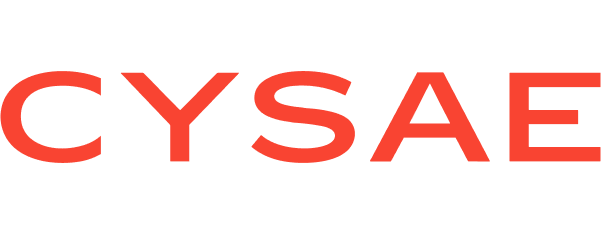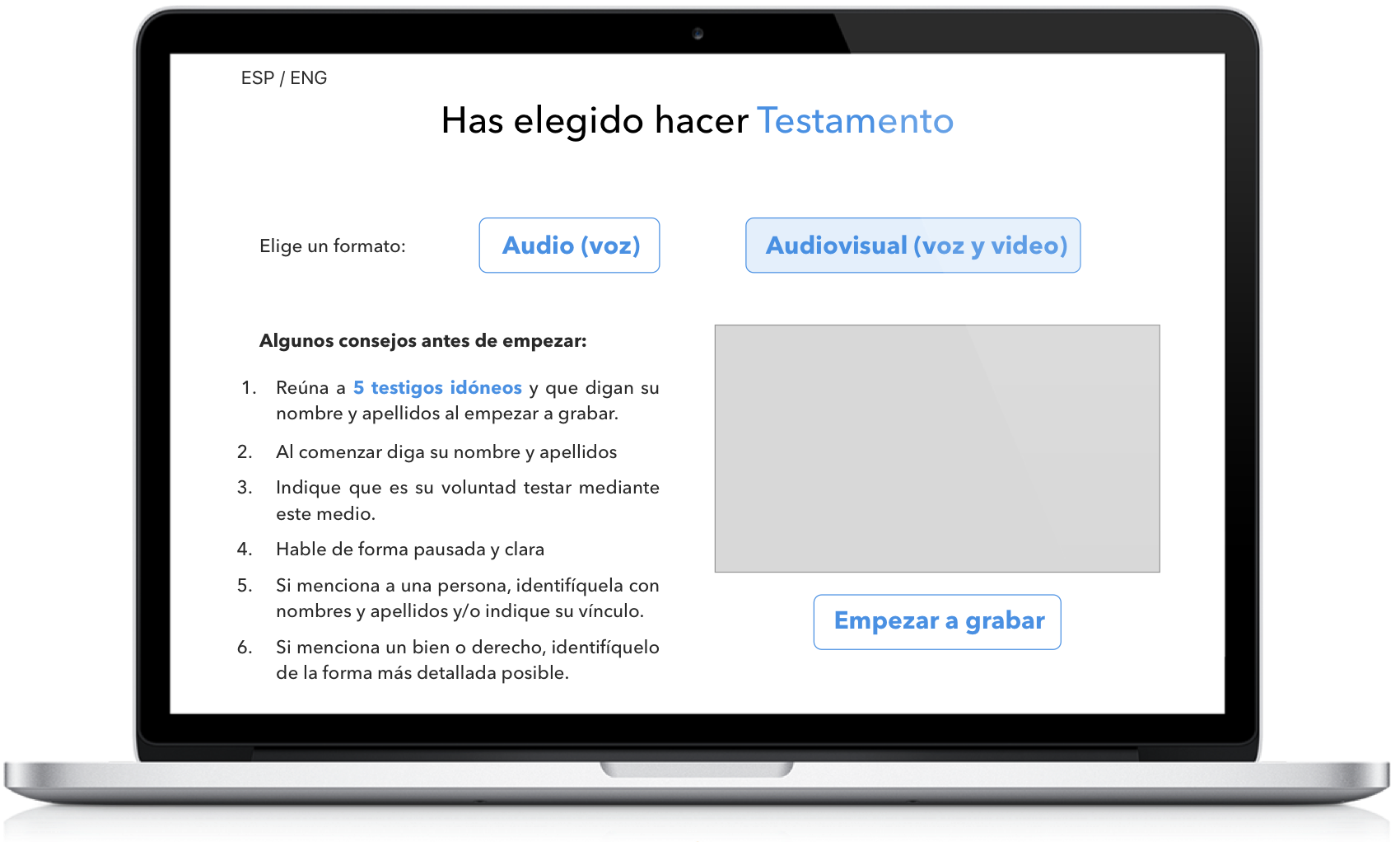For this post, we’ve chosen a very simple use case in the area of civil law: the will.
Let’s follow the steps to develop a legaltech tool:
1) Analyze an area of law and how it works in practical terms (here we must also consider legal viability).
We’ve chosen inheritance law (law of wills).
The current operation of this institution is based mainly on a single modality: the open will (the traditional will made before a notary).
However, there are other less commonly used modalities:
– Holographic will (written in the testator’s own handwriting, on paper);
– Closed will;
– Military will;
– Maritime will;
– Will granted in the case of an epidemic;
– Will granted in danger of death;
– *Will granted orally (recorded on audio or audiovisual media)
2) Dissect the different existing procedures; e iand identify flaws, inefficiencies, irregularities.
Even though we could explore the possibilities of the holographic will (a potential tool that allows the drafting of a holographic will on a tablet, which encrypts it (hash) and uploads it to a blockchain, etc.), there are too many practical problems: how to know if this person had a holographic will (an agreement with the Registry of Last Wills would be needed), or whether a judge would accept this possibility by extensively interpreting the provisions of the Civil Code regarding holographic wills, etc.
That is: first option ruled out. The same applies to the other will modalities except the last one, which is specifically regulated in the Notary Law, in Articles 64 and 65.
The possibility is admitted of recording the testator’s will through “a note, memory, or magnetic or digital medium” in which the voice or audio and video of the testator expressing their final wishes are captured, as long as reproduction is permitted”.
However, this form is only allowed under the following premises:
- a) That there is a legal cause justifying the granting of the will orally.
- b) That the testator had the serious and deliberate intention to make a final disposition.
- c) That the witnesses simultaneously hear from the testator all the provisions they wish to bequeath as their last will, whether spoken aloud, read, or given in the form of a note or memory.
- d) That the witnesses are present in the number required by law, depending on the circumstances of time and place, and meet the qualities required by law to serve as witnesses to a will.
Thus, although the law does not explicitly state that this form only applies to wills requiring witnesses to be valid (military, maritime, danger of death, and epidemic wills), those are the only cases where witnesses are strictly required.
Therefore, a restrictive interpretation of the rule would only allow oral wills in specific, already regulated scenarios. In contrast, a broader interpretation would allow oral wills as a separate modality, if the cause justifying them is legitimate and independent (e.g., not wanting to appear before a notary, or due to low cost today), and the required number of witnesses would, by analogy, be that of the strictest of these modalities (5 suitable witnesses for oral wills in times of epidemics, for example).
In any case, if this option were available to anyone claiming a legitimate cause and who had sufficient witnesses present, there would no longer be any real obstacle to using audio or video recording supported by technology, hence: indisputable legal validity.
Finally, it would be necessary to assess whether there is a market for wills granted in situations of imminent death, military service, etc. And the truth is that there is (even if it sounds a bit morbid-though the same could be said of a funeral home or a florist…), as it is now common for notaries to travel to hospitals or nursing homes so that the testator can express their, literally, last will before them.
At times, this process is uncomfortable both for the notary (inefficiency) and for the testator (lack of privacy, strength, etc.).
3) Look for different solutions through technology
A tool could currently be designed to streamline the entire process, from the oral manifestation of the testator’s final wishes (the will), through the protocolization of said will, the recording of witness statements, prior information for the testator, and the security of each of the steps.
4) Design the solution: translation from legal language to programming
We must then map the idea and solution into a flowchart with the various screens that the user will see.
This requires UX techniques (user experience) and graphic design, as well as real knowledge of legal procedures (what information must be shown, what can be omitted) and legal language to make programming easier and streamline the work for developers.

5) Execution (programming) and testing
(This part cannot be shared in the post.)
6) Commercialization
Proper commercialization is a key aspect in the development of legaltech tools. I think there’s no need to explain why.
In this case, the end users are: the testator and the notary before whom the will is recorded.
Thus, it would be a good idea to present this idea to a notarial organization (Notarial Colleges, the General Council of Notaries and Registrars…) or even to hospitals, so they can facilitate the use of this testamentary tool for patients who need it.
This is how a legaltech tool is born!
In fact, we develop our own projects, such as the one we’re currently working on, but we also receive projects from people who have already completed the first phases of the process (1) legal analysis and validation, 2) defining the idea and designing the solutions) and want to carry out the project.
If you are in this situation, we would love to hear from you.




